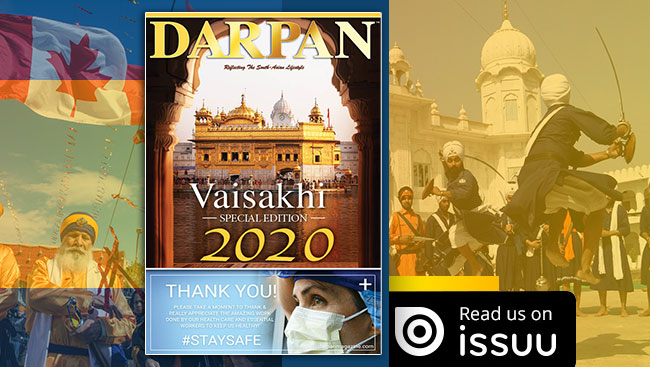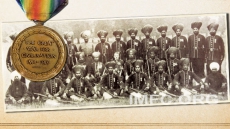Guru Gobind Singh Ji standardized a central discipline, practice, and identity around which the Sikh community is centred.
Around the joyous time of Vaisakhi, it is common for people to get caught up in deciding what to wear or what things they should buy to be prepared for the occasion. However, it is more important to ground ourselves and remind ourselves of the reason we celebrate Vaisakhi in the first place.
Vaisakhi is celebrated every April to mark the spring harvest and the establishment of the Khalsa Panth (the community of committed Sikh warriors). It is the day that marks the birth of the Khalsa and the Sikh New Year! In 1699, Sri Guru Gobind Singh Ji formally established the Khalsa Panth in the city of Anandpur Sahib with his disciples. The Sikhs were transformed into a family of soldier saints known as the Panj Piare (the beloved five). Sri Guru Gobind Singh Ji’s disciples were the first members of the Khalsa and wore turbans.
Sri Guru Gobind Singh Ji entrusted the Khalsa Panth with leadership and passed political authority to them during a period of political tension between the Mughal Empire and the Sikh community. Sri Guru Gobind Singh Ji also standardized a central discipline, practice, and identity around which the Sikh community was centered.
Every year subsequent to this, Sikhs come together on Vaisakhi to commemorate this major historic event. Vaisakhi is a celebratory and rich cultural event that features floats, hymns, and langar. It is an occasion to celebrate the community’s growth and to recall our roots of shared traditions and values. Vaisakhi is about community, culture, and progress.
ABOUT THE AUTHOR
Jasleen Kaur Bahia is a student of Management and Organizational Studies at Western University







